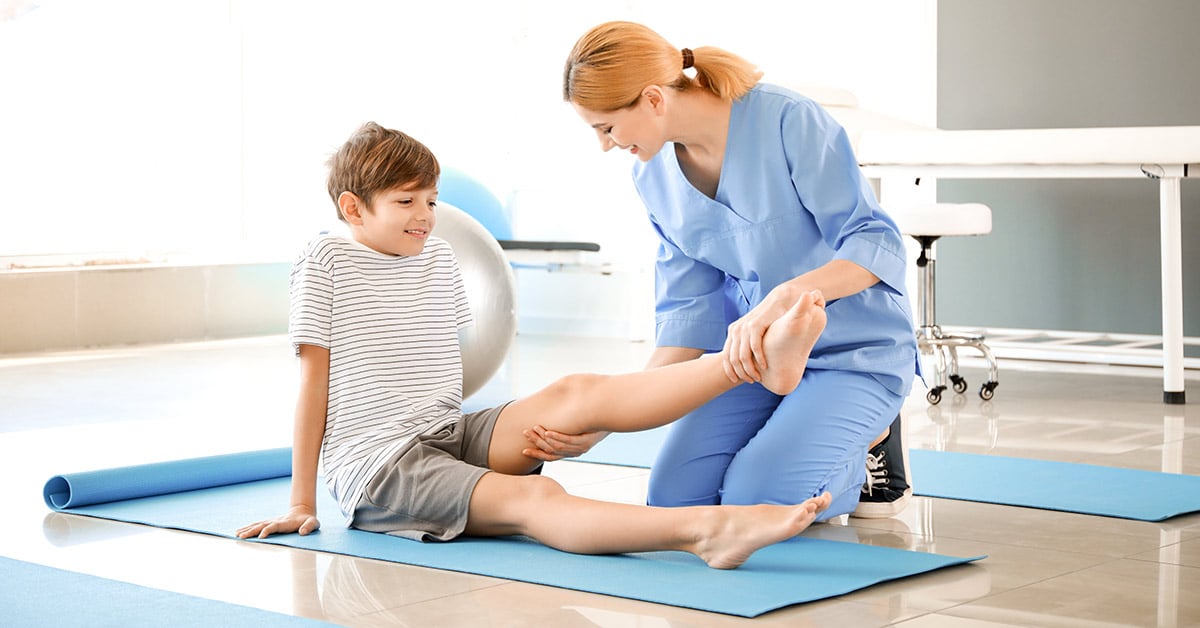Promoting Attendee Well-Being and Harm Prevention in Group Workout Coaching
Wiki Article
Group fitness training classes are a popular way for individuals to improve their health and fitness. These classes often involve activities like aerobics, cycling, yoga, and strength training, which can be enjoyable and motivating. However, it is essential to ensure the well-being of attendees during these classes to prevent injuries. Trainers and instructors play a vital role in establishing a secure environment that fosters positive outcomes for everyone involved.
To promote participant safety, coaches should start by evaluating the fitness levels of each individual. This can be done through pre-session surveys or casual discussions. Understanding the requirements and capabilities of attendees helps trainers tailor exercises to match various fitness stages. For example, modifications can be offered for beginners or those with physical limitations. By offering alternatives, coaches encourage all participants to engage comfortably while still being challenged.
Effective warm-up and cool-down routines are vital components of any group fitness session. Preparing before exercise prepares the physique by slowly increasing heart rate dance-based fitness training sessions and enhancing blood flow to muscles. This reduces the likelihood of muscle pulls and sprains during training. Likewise, cooling down assists the system transition mind-body connection in physical activity back to a resting state, preventing dizziness and promoting recovery. Coaches should consistently set aside time for these essential stages in every session they lead.

In addition to bodily protection, emotional health is also important in group exercise settings. Establishing a supportive environment where participants are motivated and motivated can greatly enhance their session. Instructors should promote positive interaction by offering recognition and constructive feedback throughout the class. This not only boosts confidence but also assists individuals remain engaged and concentrated on their goals.
In conclusion, it is crucial for coaches to stay current on best practices for risk reduction and attendee care. Ongoing training through workshops, accreditations, and professional development ensures trainers knowledgeable about innovative methods and safety protocols. By focusing on both physical and emotional well-being in team fitness workout sessions, coaches can assist participants achieve their wellness goals while reducing the risk of injury. A secure and enjoyable setting leads to lasting beneficial impacts on personal fitness paths.